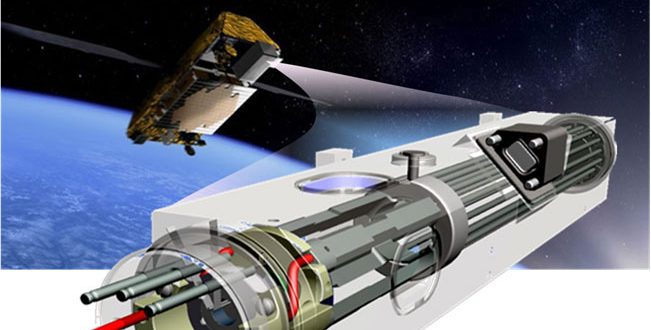By Kevin Zhang
A sample of a deep space atomic clock is recently launched into space and is expected to become the most stable atomic clock ever built. The miniature atomic clock, which could be installed on future spacecraft or satellites, could bring the navigation system to new heights.
This atomic clock is about 50 times more accurate than those on GPS satellites that will only make one-second deviation every 10 million years. The new clocks use mercury ions which contains negative electric charge, while earth’s GPS satellites use neutral rubidium atoms. The mercury ions are trapped in electric fields in deep space which prevents them from interacting with the walls of its container. GPS satellite clocks require twice-daily corrections from command centers on earth, but the new atomic clocks are more reliable and do not require frequent corrections.
The primary purpose of deep space atomic clocks is to help spacecraft navigate autonomously. The ground antennas nowadays relay signals to the spacecraft through a two-way relay system, which the spacecraft must relay back to earth. This method of navigation means that no matter where a space mission travels, the spacecraft is still tethered to the earth like a kite, waiting for instructions from earth to proceed. On the other hand, the deep space network locates spacecraft by using one-way relay tracking. The spacecraft can use it to measure the time that takes to track the signal from Earth to the spacecraft, without having to send it back to an atomic clock on earth to measure it, which will allow the spacecraft to determine its own orbit.
This technology could allow astronauts to travel through the solar system without having to take orders from the earth which makes space missions more flexible and react more promptly to unexpected situations.
 Tempus Magazine By Students, For Students
Tempus Magazine By Students, For Students 

